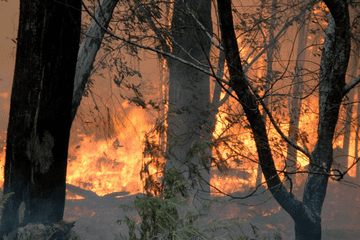The 2021 independent State of the Environment Report has highlighted that invasive species are identified as the most prevalent threat to Australian wildlife and are the primary cause of extinction events.
The report warns of the compounding and devastating impact of multiple threats to Australia’s environment, especially invasive species, habitat destruction and climate damage.
‘Invasive species continue to devastate our native wildlife and ecosystems,’ Invasive Species Council CEO Andrew Cox said.
‘This report should be our wake up call, with pests and weeds, like feral cats and gamba grass, identified as major drivers of national biodiversity decline.
‘Over 80% of mammal extinctions were caused by invasive species, and 85% of the next round of predicted vertebrate extinctions over the next 20 years are likely to be caused by invasive species (with many species subject to multiple threats).
‘It is deeply troubling that there are now more introduced plant species than there are native species in Australia.
‘Australia is home to species that occur nowhere else on earth, but this unique web of life is at risk of collapsing unless we take serious action on the growing threat of harmful invasive species.
‘We need to ensure we have a well-funded environmental biosecurity system that prevents harmful new invasive species arrivals and tackles established pests and weeds.
‘The key elements of the biosecurity system are there. We just need to get better at stopping new invasive species and dealing with those already here.
‘If we are to genuinely protect and restore our native wildlife and ecosystems, we need all levels of government to significantly increase investment in tackling the major threats to nature and strengthening our environmental biosecurity system.
‘At the moment we have countless threat abatement plans that sit on the shelf or aren’t effectively implemented.
‘Our biosecurity system is zooming in on agricultural pests and diseases. We just need to ensure the environment gets the same attention.
‘The reform and investment task is urgent, and we are calling on the Albanese Government to prioritise it.’ Mr Cox said.









